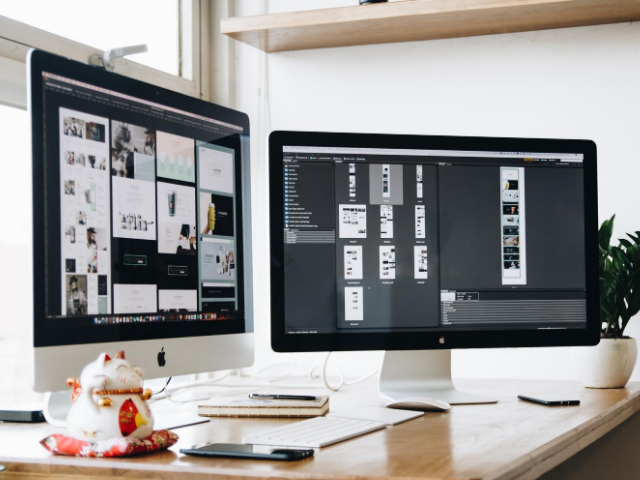In an ever-evolving digital landscape, the future of web design holds both challenges and exciting possibilities. As technology continues to advance, user expectations rise, and trends shift, the role of web design becomes increasingly crucial. In this comprehensive exploration, we delve into the key trends shaping the future of web design and how businesses can stay ahead of the curve.
The Rise of Minimalism: Less is More
As attention spans dwindle in our fast-paced digital age, web designers are embracing minimalism. Clean, clutter-free designs not only enhance user experience but also contribute to faster loading times, a critical factor for retaining impatient online visitors. The future of web design lies in simplifying interfaces, focusing on essential elements, and creating a seamless journey for users.
Responsive Web Design: Adapting to Every Device
With the proliferation of smartphones and tablets, responsive web design has become a non-negotiable aspect of modern website development. The future demands designs that seamlessly adapt to various screen sizes, ensuring a consistent and visually appealing experience across devices. Mobile optimization is no longer an option but a necessity for maintaining a competitive edge in the digital space.
AI and Chatbots: Personalizing User Interaction
Artificial Intelligence (AI) is making waves in web design, with chatbots becoming integral for personalized user interaction. These intelligent bots engage users in real-time, providing assistance, answering queries, and enhancing the overall user experience. The future envisions AI-driven designs that anticipate user needs, creating a dynamic and interactive online environment.
Dark Mode Aesthetics: Embracing the Night
Dark mode has emerged as a popular design choice, not just for aesthetics but also for its potential benefits, such as reduced eye strain and increased battery life for devices with OLED screens. The future of web design includes a growing preference for dark mode, allowing users to customize their digital experiences while presenting a sleek and modern visual appeal. Looking for web design near me? Then visit their page to learn more.
Augmented Reality (AR) Integration: Immersive Experiences
The future of web design transcends the screen, venturing into the realm of augmented reality. Integrating AR elements into websites provides users with immersive and interactive experiences. From trying out products virtually to exploring virtual showrooms, AR opens up new possibilities for engaging and captivating web design.

Accessibility as a Priority: Designing for Inclusivity
As the digital landscape expands, designing with accessibility in mind becomes paramount. The future of web design includes a strong focus on creating websites that are accessible to all users, regardless of disabilities. Prioritizing features like alt text, keyboard navigation, and compatibility with assistive technologies ensures an inclusive online experience for everyone.
Sustainability in Design: Greening the Web
With environmental concerns taking center stage, the future of web design incorporates sustainability principles. From optimizing website performance to reducing carbon footprints, designers are embracing eco-friendly practices. Efficient coding, energy-efficient hosting, and conscious design choices contribute to a more sustainable and responsible digital presence.
Conclusion: Crafting Tomorrow’s Digital Experience
In conclusion, the future of web design is a dynamic landscape shaped by evolving technologies and user expectations. Embracing minimalism, prioritizing responsiveness, integrating AI, exploring dark mode aesthetics, adopting AR, ensuring accessibility, and promoting sustainability are key elements that will define tomorrow’s digital experience. Web designers and businesses that adapt to these trends will not only stay relevant but also lead the way in creating innovative and user-centric online platforms.
